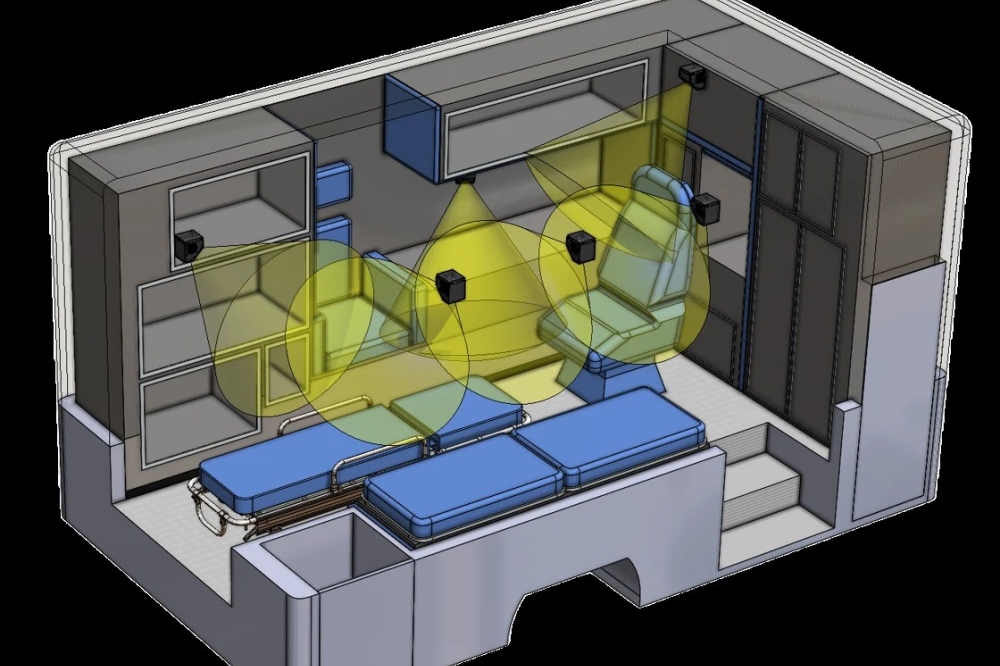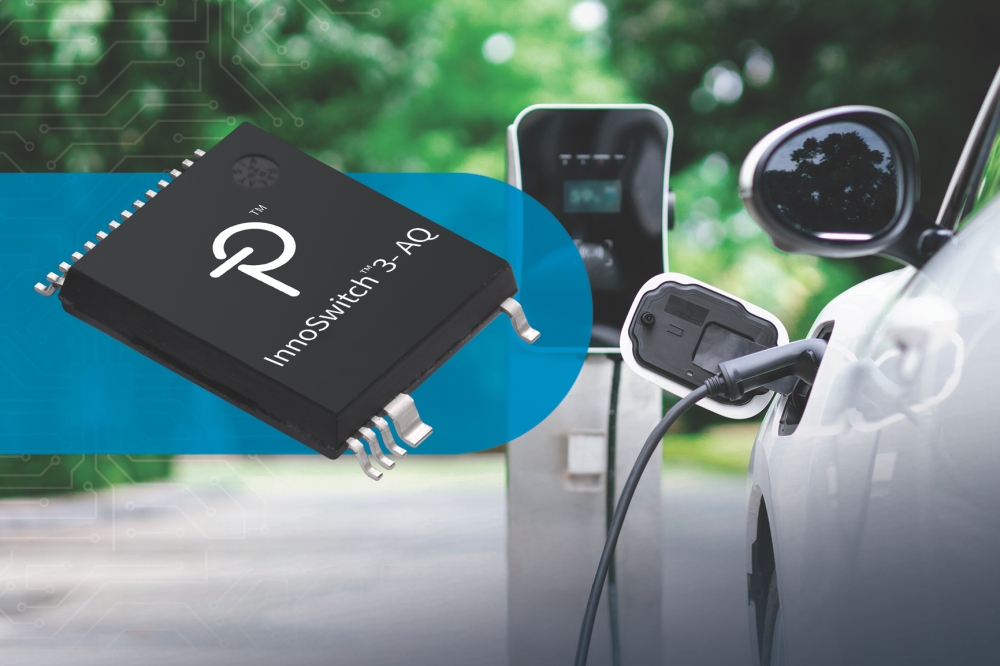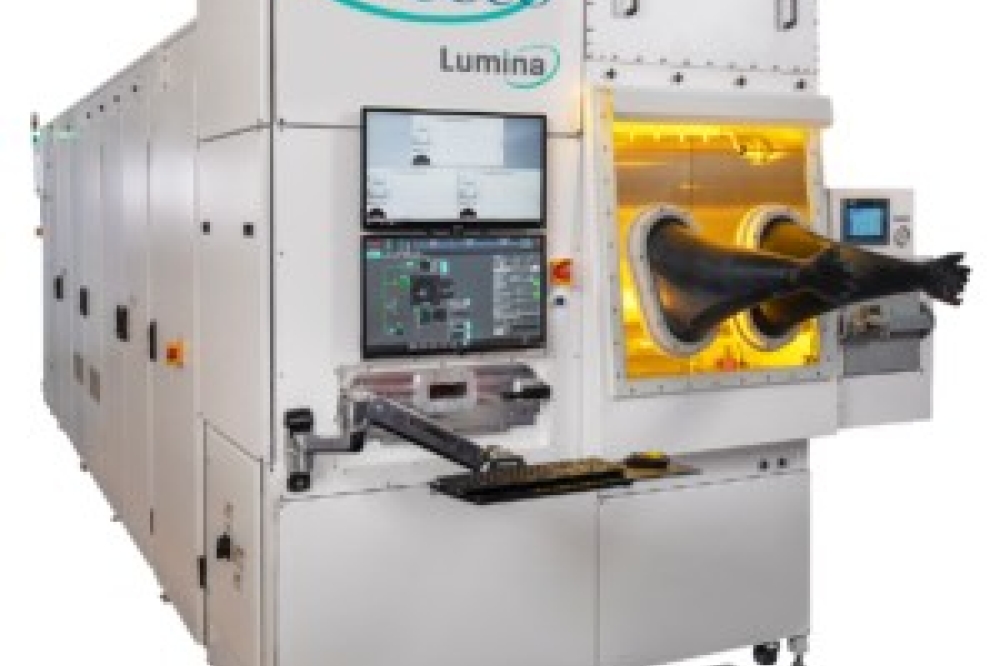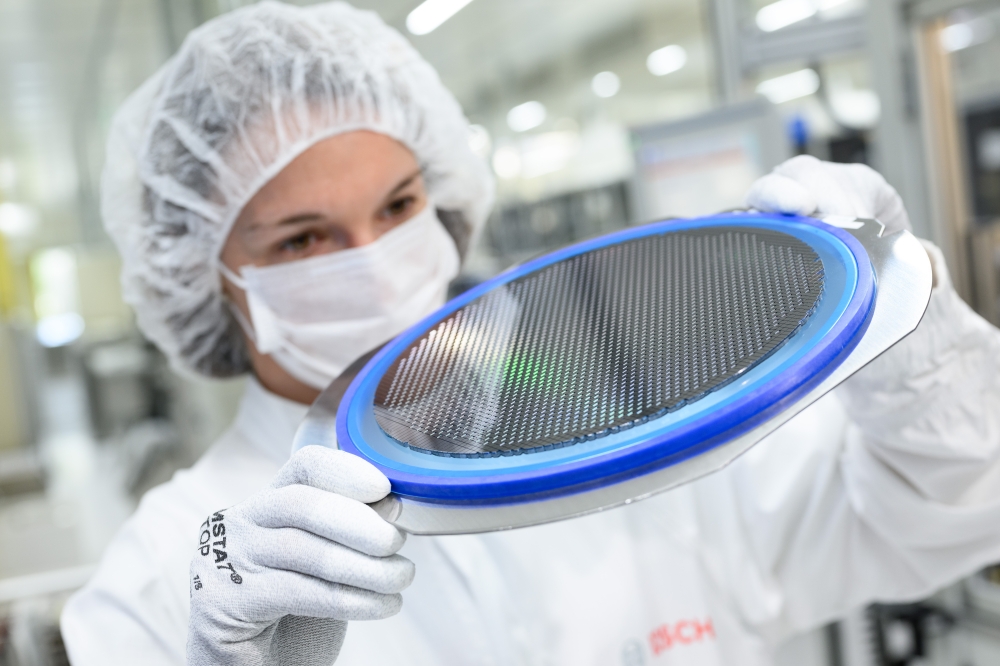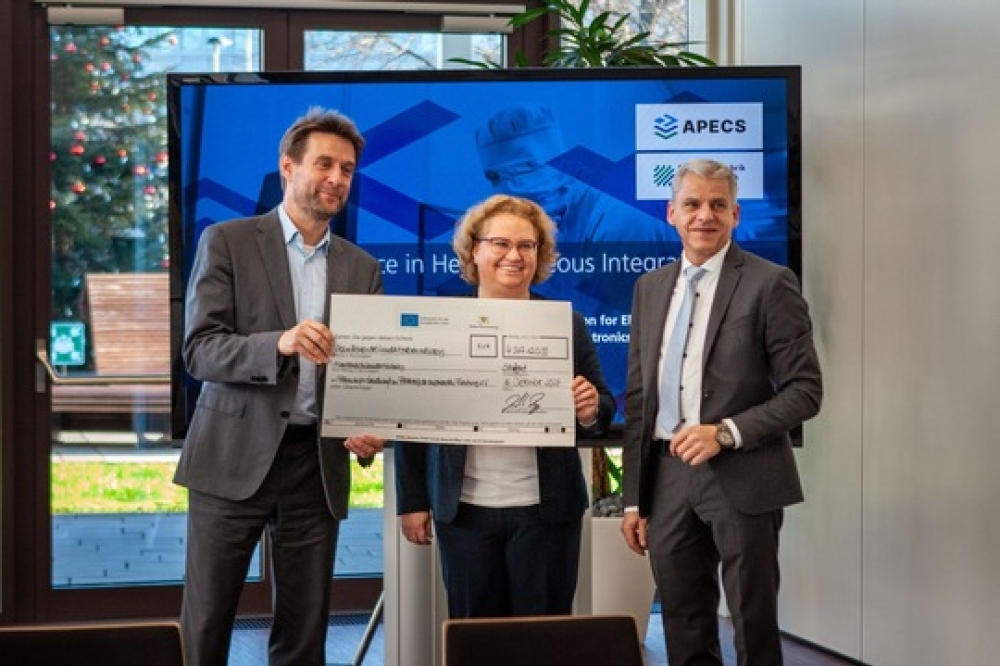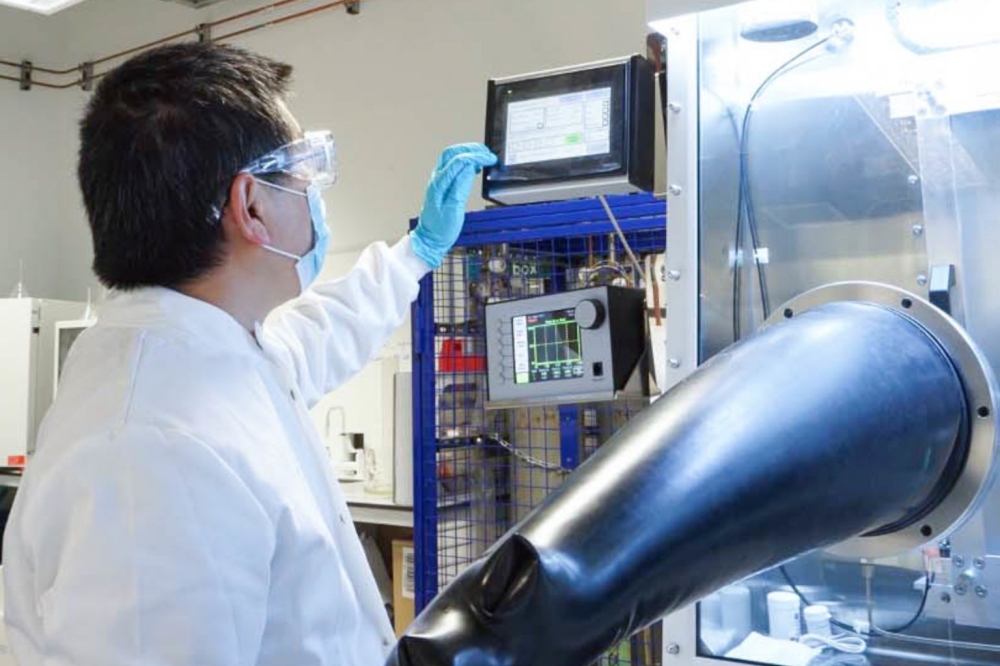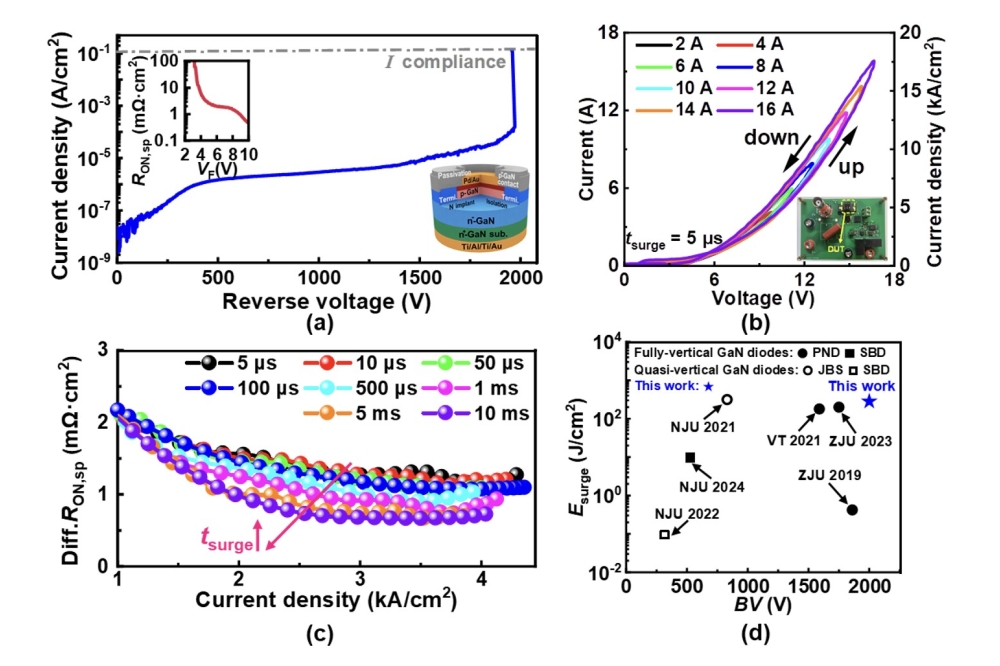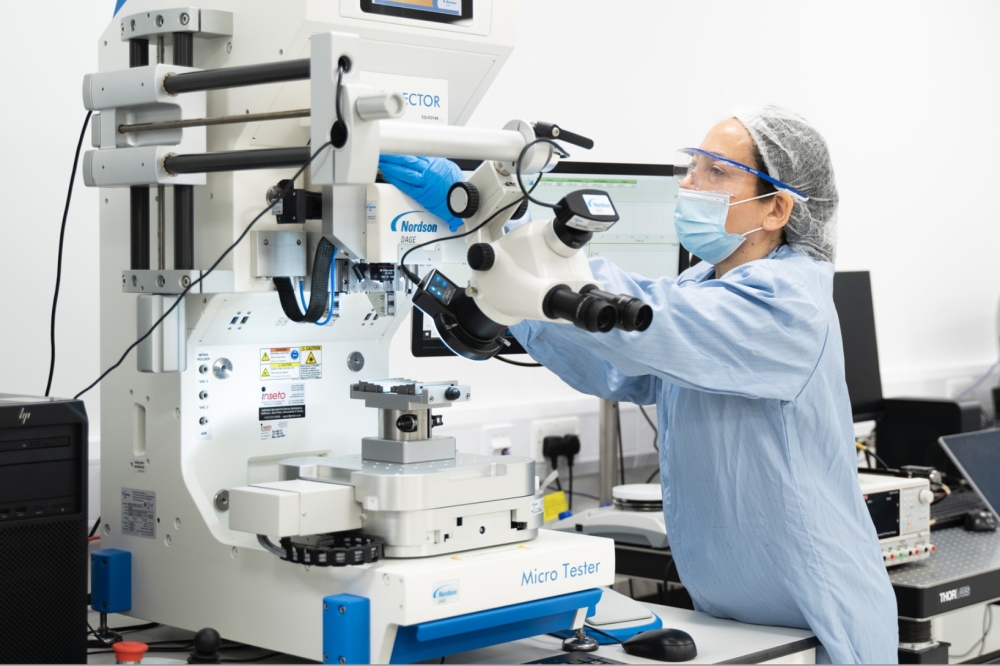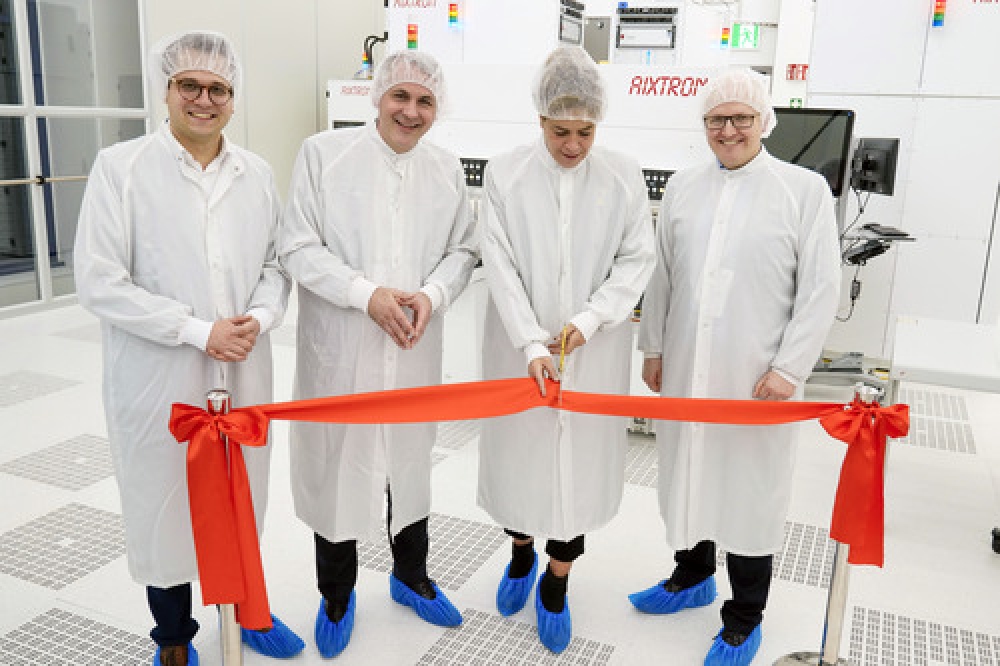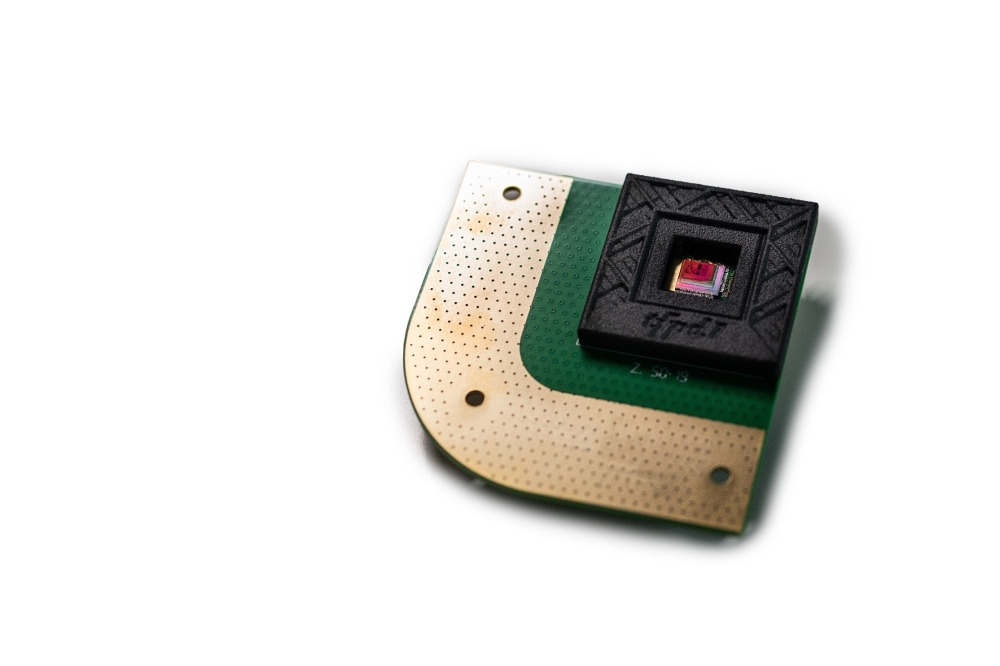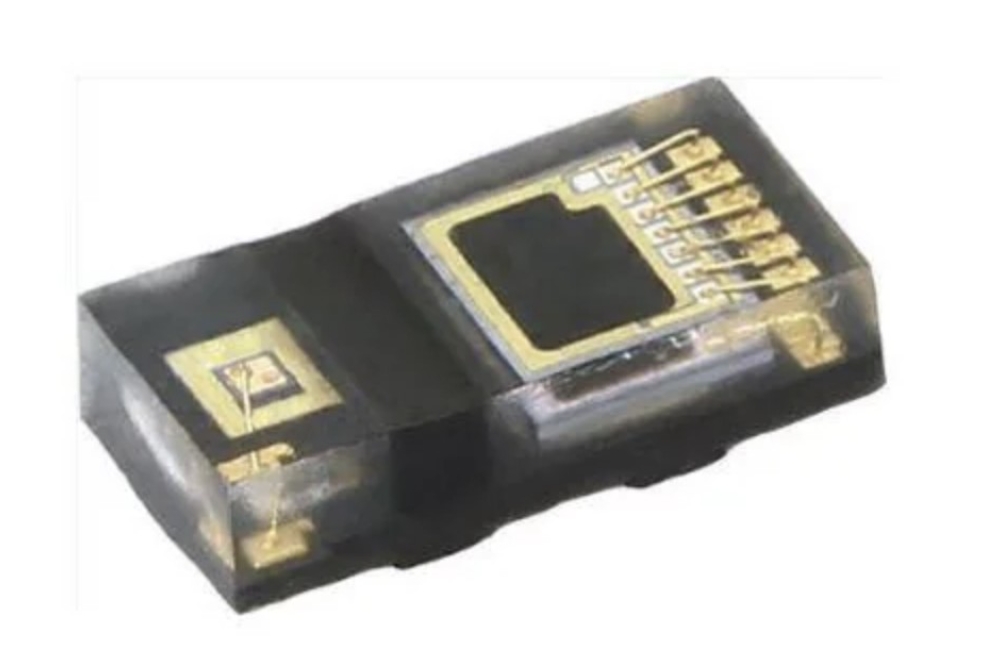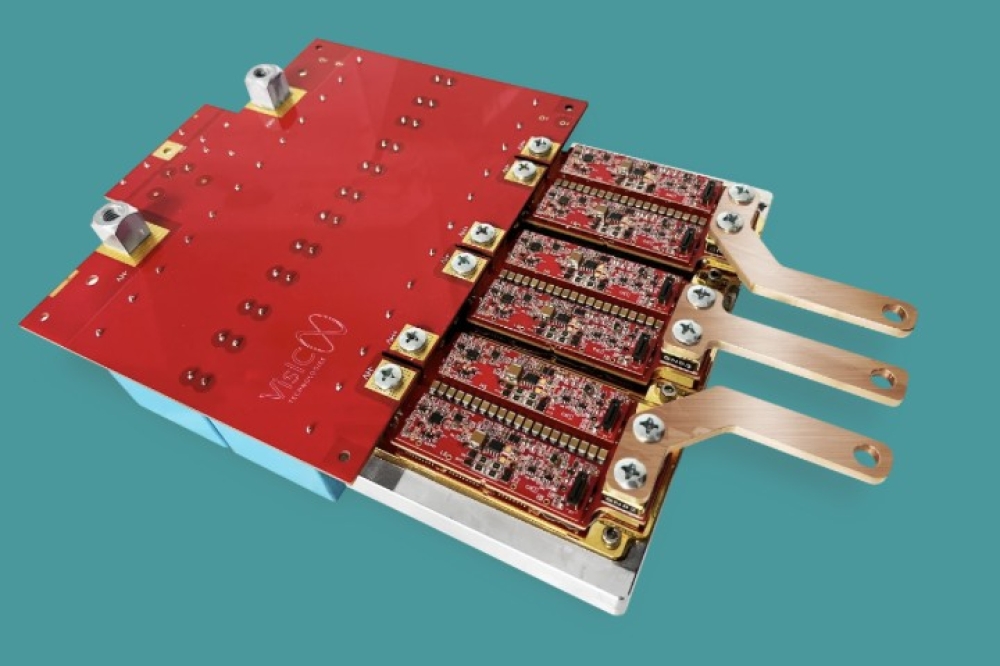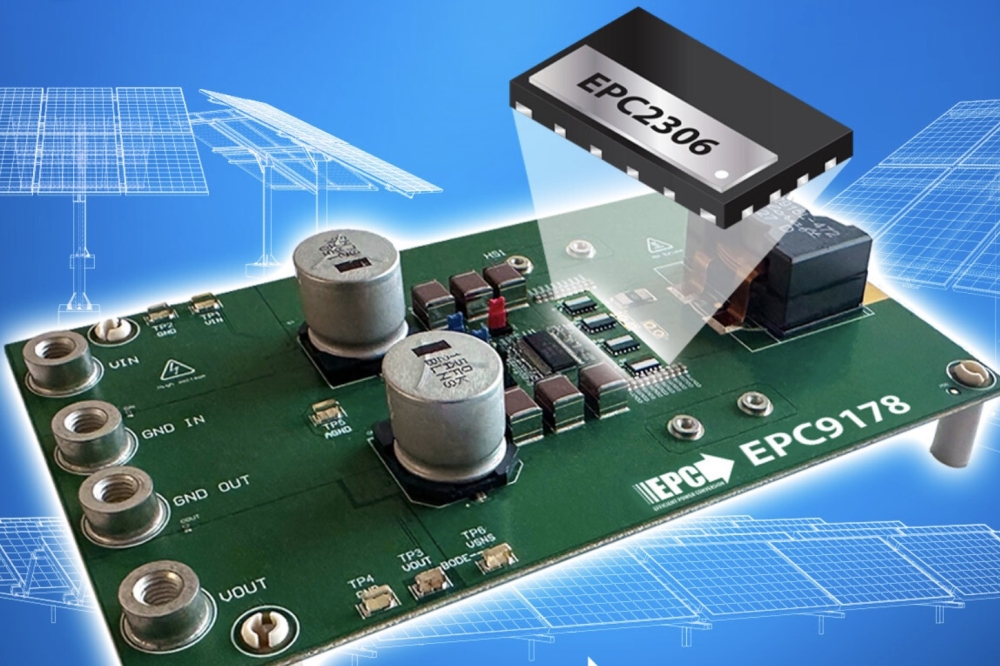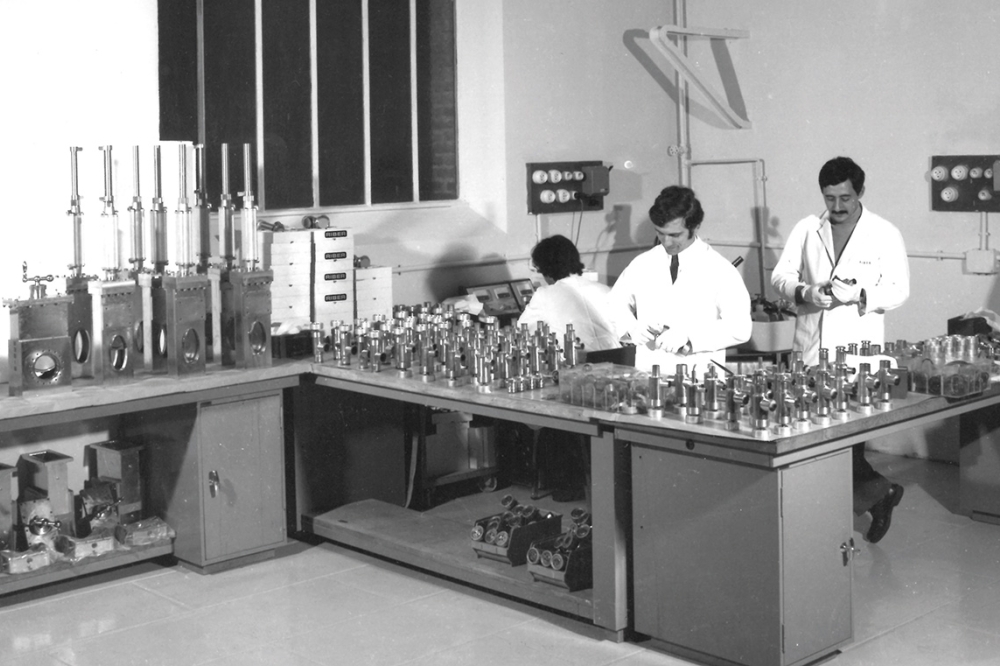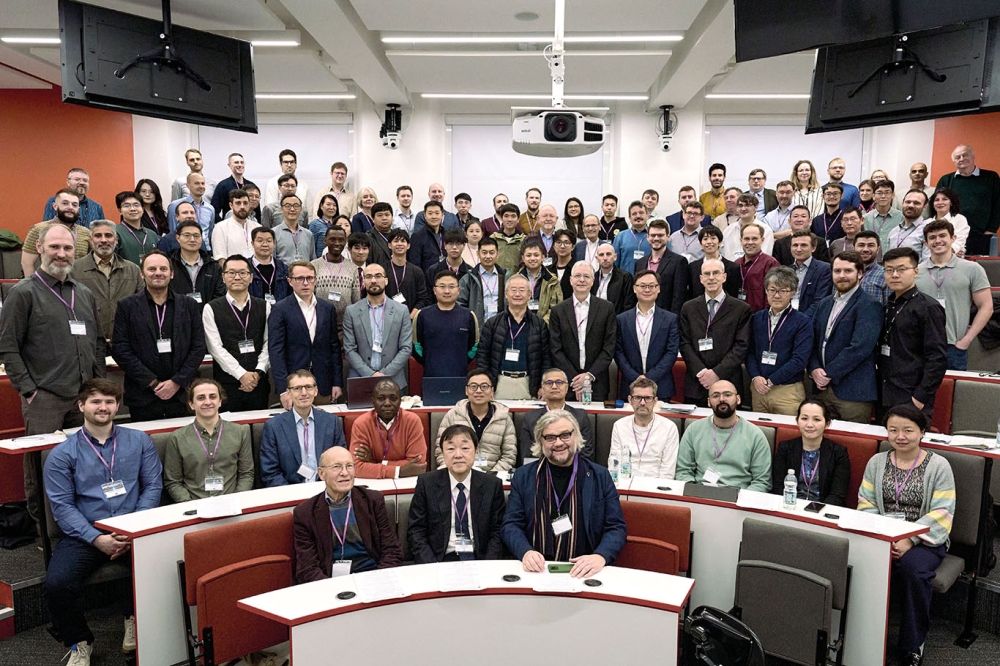GaN-on-silicon makes millimeter-wave impact
Researchers in Switzerland have claimed the cut-off frequency record for GaN transistors manufactured on silicon substrates, offering economical performance compared to devices deposited on other materials.
Colombo Bolognesi and fellow researchers at ETH Zurich produced HEMTs with a 90 GHz cut-off frequency, fT, from epiwafers provided by leading GaN-on-silicon radio-frequency chipmaker Nitronex.
“The results demonstrate the great potential of GaN-on-silicon technology for low-cost millimeter-wave applications,” the team wrote in the March 26 issue of Electronics Letters.
The 100 nm gate length transistors were fabricated from AlGaN/GaN layers deposited on a 100 mm diameter high-resistivity silicon (111) substrate.
The cut-off frequency performance figure falls within the range from 70 GHz to 115 GHz for 100 nm gate length HEMTs deposited on SiC or sapphire substrates, while offering access to larger wafers. This could already prove useful for GaN RF technology even though it is still in its commercial infancy, according to Bolognesi.
“The volume demand that has naturally driven all semiconductor technologies to larger wafer sizes is not yet there for GaN,” he said.
“However, there is also the near-term desire to produce GaN MMICs whose chip size is often rather large and this allows fewer chips per wafer. GaN MMIC customers would like to see the device fabs go to 150 mm diameters as soon as possible, to increase chip count per wafer and reduce cost per chip.”
The Zurich team s latest HEMTs have an fT more than 20 percent higher than the first 100 nm gate device it reported, in January. Process refinements, including an acid surface treatment prior to the final SiN passivation of the device, provided the improvement in performance.
Bolognesi believes that in principle this approach could now be harnessed for GaN transistors produced on SiC substrates to provide them with a similar leap forward in fT.
“We would be very interested in a partner able to supply us state-of-the-art GaN-on-SiC and exercise our process on it,” he told compoundsemiconductor.net.
Previous results from GaN HEMTs fabricated on silicon substrates suggest parasitic loading reduces power gain and power added efficiency figures compared to other substrates. Examining ETH Zurich s HEMT designs produced on both high-resistivity silicon and another substrate would also provide more information about this, Bolognesi explained.

